When President-elect Joe Biden takes office next week, he will confront a series of unprecedented challenges for an incoming administration, including an uncontrolled pandemic, a deep and uneven recession, an unequal society divided by racism, and climate hazards—all of which threaten the stability of our democracy and the vitality of communities across the nation.
Over the past year, these crises have revealed the ways in which structural racism and economic injustice are implemented through place—with COVID-19, the pandemic’s economic fallout, racially targeted police violence, and climate catastrophes disproportionately devastating predominantly Black, Latino or Hispanic, and low-income communities across the spectrum, from urban to rural. These disparities are the result of long-standing policies and practices of segregation and separation that have concentrated people of color into systematically disinvested “high-need” areas and isolated many of our most vulnerable residents into jails, prisons, homeless shelters, and other conditions of social quarantine—keeping certain people and places in a state of perpetual crisis.
To remedy this harm and build back better as a nation, leaders at the local, state, and federal levels must tackle these spatialized patterns of racial, economic, and environmental injustice head on—radically transforming traditional ways of operating to ensure that where one lives no longer dictates how long they live, or their chance for opportunity. Brookings’s Bass Center for Transformative Placemaking has been at the forefront of studying and communicating such efforts taking place across the country; below is a look back at what we’ve learned throughout this unprecedented year.
Why transformative placemaking
Throughout 2020, the Bass Center worked to make the case for how transformative placemaking—a new, integrated approach to place-led development—has helped communities meet the challenges wrought by the pandemic, and can lead us toward a more equitable recovery.
This March—when unfounded fears of urban density’s role in COVID-19’s spread abounded—we argued that residents and small businesses in communities that are physically, economically, and socially connected were in fact better positioned to weather the pandemic than their more isolated peers. We wrote about how closely clustered firms and institutions played a critical early role in understanding and combating COVID-19, laying essential groundwork for vaccine development that is now providing the globe with hope for recovery.
As the pandemic wore on, research confirmed that community density isn’t the problem—economic and racial segregation are. Throughout the summer and fall, the Bass Center examined the ways in which decades of discrimination and disinvestment exacerbated the pandemic’s impacts and argued for why place-led inclusive economy-building was critical to overcoming them. We highlighted place-based coalitions working to bring racially equitable economic assistance to hard-hit neighborhoods of color. We partnered with the National Main Street Center to survey small businesses owners in both urban and rural areas, finding that local businesses were leveraging the physical, social, and community benefits of density and proximity to more durably survive the pandemic-induced recession. Our case studies of small and rural towns made it apparent that their efforts to foster inclusive, connected places prior to COVID-19 will be vital to ensuring the resilience of their local businesses and the social and economic well-being of their increasingly diverse populations.
In short, much of our work this past year continued to hammer home why local and regional leaders need to support investments in place that yield better outcomes for more people in more communities—now more than ever. But just as important, we documented specific policies and community-led strategies designed to not only address the symptoms of disinvestment that COVID-19 has magnified, but which can transform the systems that created that disinvestment.
Transformative placemaking in practice
In the post-pandemic era, investments in transformative placemaking will be essential to fostering a more equitable recovery and creating a more just and sustainable nation. It can do so by supporting strong local economies that bring jobs and economic opportunity to more people and communities; by promoting more accessible and flexible built environments that advance health and prosperity; by encouraging social cohesion and a more equitable distribution of amenities; and by investing in the civic institutions and community-based organizations that will be critical backbones for economic recovery and resilience. For example:
- By supporting vibrant and connected local economic ecosystems, transformative placemaking tackles the systemic barriers that many underinvested communities face, helping them build broad-based community wealth. We proposed a new place-based federal initiative that would work with state governments and local organizations to facilitate local ownership of real estate in disinvested urban and rural commercial corridors—many of which the COVID-19 economic downturn has hit hard. We also worked with the Local Initiatives Support Corporation (LISC) to report on South Los Angeles’ community-led plan to address structural inequities by investing in the area’s economic assets and connect its residents and businesses to regional economic opportunity.
- By restructuring the built environment to advance healthy and sustainable communities, transformative placemaking can support resilience while addressing persistent socioeconomic disparities. To these ends, we undertook research demonstrating the extent to which land use patterns impact travel distance and transportation choice—and thus why policy and investment should encourage human-scale design that prioritizes accessibility and sustainability. We also called for a “real estate reset” to combat the growing challenges of racial injustice, climate change, and fiscal fragility by building communities of opportunity that are more responsive to shifts in how we live, work, and shop.
- By prioritizing a vibrant and cohesive social environment, transformative placemaking can repair communities’ social fabrics and ensure that new investment reflects their identity. We demonstrated this by highlighting community-led arts and recovery efforts in Little Tokyo, Los Angeles, placemaking efforts in Wilmington, Del. to rebuild community trust, and strategies for rural Main Streets to bridge social divides in increasingly diverse and dynamic communities. We also called on cities to reimagine public spaces as playful learning environments in which children and families can engage with one another.
- Finally, transformative placemaking can support local governance organizations and civic structures within and across places to confront challenges and inequalities facing their communities. The complexity and costs of tackling today’s challenges demand that we break down narrow and siloed approaches. Instead, we should actively seek creative ways to collaborate across jurisdictions and networks of the public, private, and civic sectors. A place governance pilot in Boston attests to how collaborative efforts can improve organizations’ capacity to govern and solve problems while promoting spatial justice and overall community benefit.
Building a better future through transformative placemaking
As the first COVID-19 vaccine rollout brings hope to 2021, the Bass Center will continue to share research, tools, and practical knowledge on the intersection of place, placemaking, and inclusive economic development.
We aim to help leaders better understand where to prioritize transformative placemaking investments by introducing a new approach to identifying places where economic, physical, and cultural assets have been overlooked and undervalued. We will delve more deeply into the role of place governance organizations in supporting transformative placemaking. And we will continue to work with partner organizations—including Project for Public Spaces, the National Main Street Center, LISC, and Smart Growth America—as well as other experts and local communities to capture and co-design model approaches and policies that will lead to the development of more connected, vibrant, and inclusive communities in a post-pandemic world.

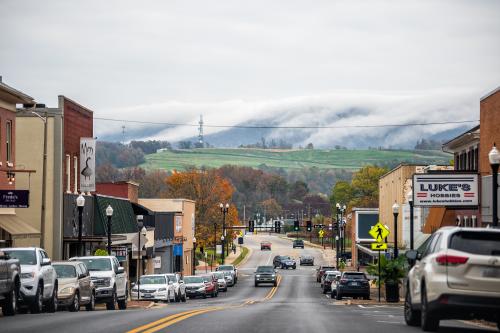
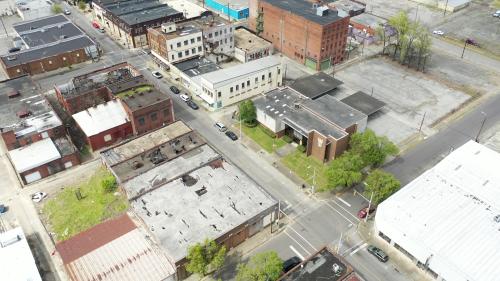


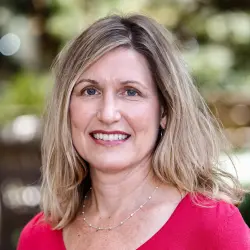
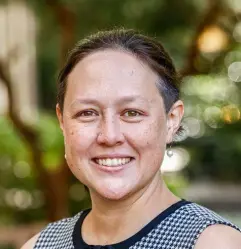
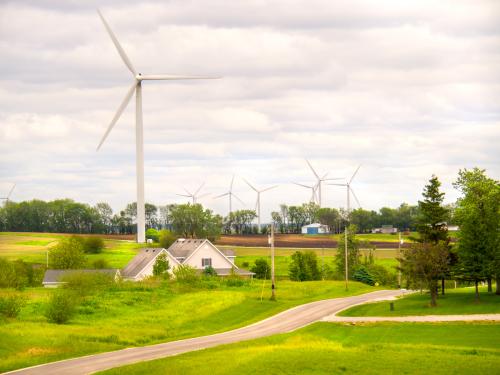
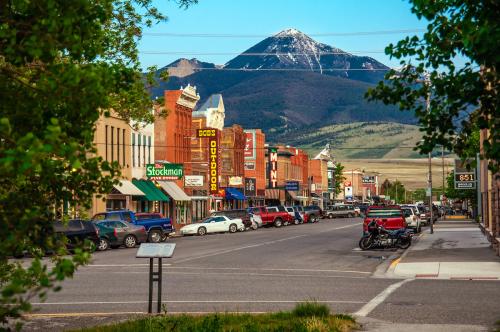

Commentary
What transformative placemaking taught us in 2020, and how it can help build a better future
January 13, 2021